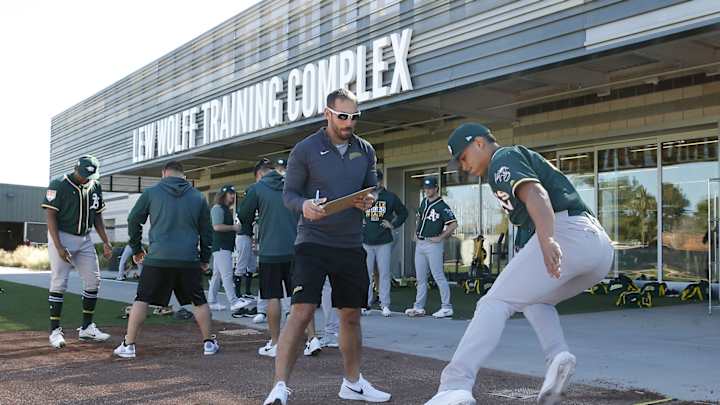Health Protocols Suggested By MLB Raise Some Questions

The 67-page distributed to Major League Baseball players and addressing the ways MLB proposes to keep them safe is a monster.
The question is whether or not it is a monster that will keep the COVID-19 coronavirus pandemic at bay. A further question is whether or not players are going to go for it.
The full scope of the plan was made public by theathletic.com Saturday morning, and it’s well worth a read.
Here are some of the observations that popped into my mind in perusing it:
--Showers are discouraged at team-operated facilities. I’m not sure this will do what the creators of this plan would hope. On one side, the idea is to limit the number of ways that the virus can be spread, and keeping the shower areas completely disinfected all the time would be difficult. At the same time, the wash-your-hands mantra has become part of the daily life we all lead. Part of the proposal put forward to player is that all on-field personnel should wash or sanitize their hands after every half-inning or after handling equipment. A shower is hand washing taken to an extreme.
--Whenever possible when traveling, teams are encouraged to fly into smaller airports. This seems over-the-top to me. Teams take private team-only buses to and from airports, almost always driving onto the tarmac and getting their luggage checked there before boarding planes. Since they don’t go into airports but go right from bus to plane to bus, what’s gained? In point of fact, most teams fly into the nearest airport that can handle their plane size, so smaller airports (Midway in Chicago, Love Field in Dallas, Boeing Field in Seattle and Long Beach Airport near Angel Stadium) get used much of the time.
--No spitting. So, what took so long? No question that this will help keep from getting coronavirus particles airborne. But it’s basically just a common courtesy. You’ll see more spitting at your average game than you’ll ever see in the real world. It’s habit, an almost pointless habit at that, and getting rid of will still be difficult simply because players are used to it. It’s going to take a while to get this one right.
--Free diagnostic and antibody testing will be available to individuals who live in the same household and health care workers or other first responders in the club’s home cities as a public service. (And) blood samples will be taken for antibody testing. There is going to be a huge surge of needles needed for the administration of tests and the drawing of blood. How will that impact the general public, because projections are that needles could be in short supply in coming months?
--Spring training games in Florida and Arizona would begin between 7 and 9 p.m., local time. July is the hottest month in the Valley of the Sun (107 degrees), but that’s not saying much. The average June temperature, which is when spring training would likely take place, averages 106 degrees. It’s blistering hot even after the sun goes down. One can only hope heat kills the coronavirus; it will take a serious toll on the players.
--Although the 67 pages don't say so, the won't be an All-Star Game. There is concern that bringing together players from each of the 30 organizations would highten the health risks to everybody in the sport. That makes perfect sense.
Follow Athletics insider John Hickey on Twitter: @JHickey3
Click the "follow" button in the top right corner to join the conversation on Inside the Athletics on SI. Access and comment on featured stories and start your own conversations and post external links on our community page.
